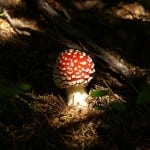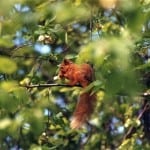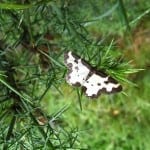
Biodiversity
The UN Convention on Biological Diversity describes forest biodiversity as a broad term that refers to all life forms found within forested areas and the ecological roles they perform. It encompasses not just trees, but the multitude of plants, animals and micro-organisms that inhabit forest areas and their associated genetic diversity.
Forest biological diversity can be considered at different levels, including the ecosystem, landscapes, species, populations and genetics. Complex interactions can occur within and amongst these levels. In biologically diverse forests, this complexity allows organisms to adapt to continually changing environmental conditions and to maintain ecosystem functions.
In the past, timber production was regarded as the dominant function of forests. However, in recent years this perception has shifted to a more multi-functional and balanced view. Other forest functions and services, such as recreation, health and well-being, biological diversity, maintenance of ecosystem services and the mitigation of climate change are increasingly recognized as integral components of sustainable forest management; and forest biological diversity as both a complex and unique element.
Forest biodiversity is interlinked to a web of socio-economic factors, providing an array of goods and services that range from timber and non-timber forest resources to mitigating climate change and genetic resources. At the same time, forests provide livelihoods for people worldwide and play important economic, social, and cultural roles in the lives of many indigenous communities. Therefore, forests and forest biological diversity are innately linked to ecosystem and human well-being




